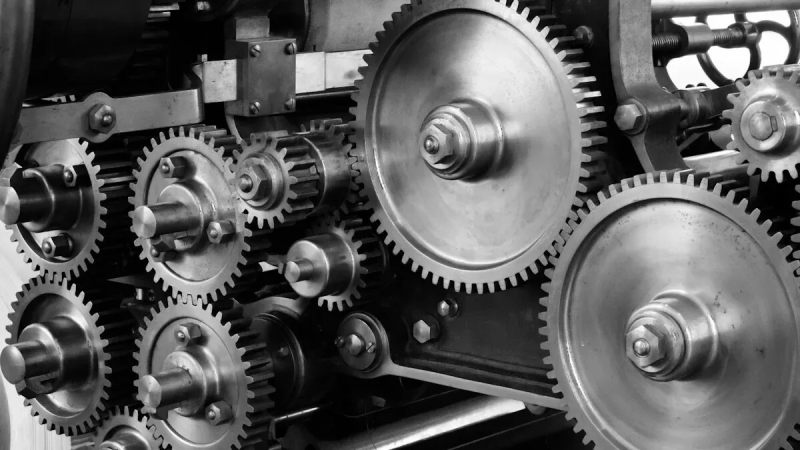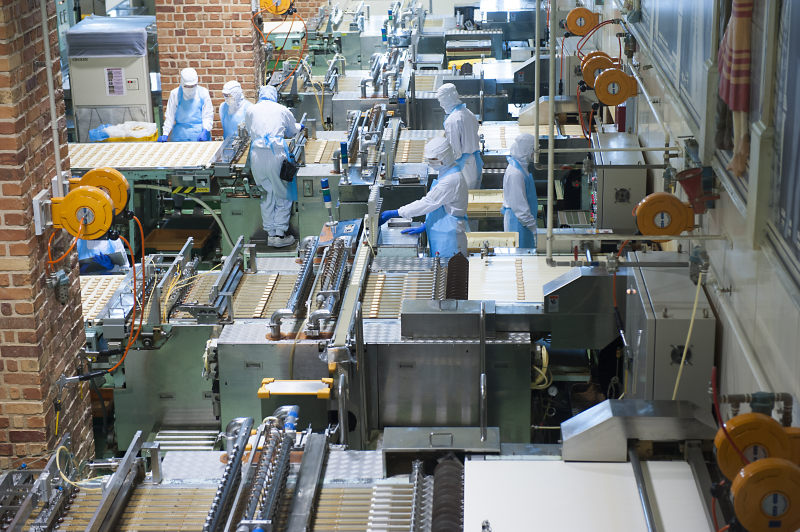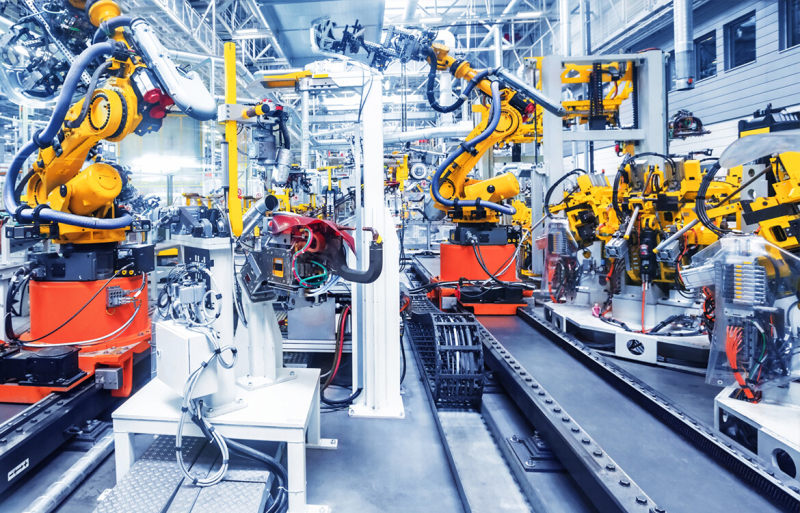

You can change your factory by using a VFD. This helps save energy. Many places see fast benefits like:
Using less energy by matching motor speed to what is needed
Better control of machines and less damage to equipment
Getting your money back quickly
Studies show VFDs can save up to 50% with variable torque loads. Some cities, like Bowling Green, saved up to 85% energy in water systems. Canroon’s solutions help you fix common problems:
Key Takeaways
Using Variable Frequency Drives (VFDs) can help save half of energy costs. VFDs match motor speed to what is needed.
VFDs help machines last longer. They give soft starts and stops. This lowers damage to machines.
VFDs help control processes better. This makes products better and cuts down on waste.
Keeping VFDs in good shape and installing them right is very important. This helps save energy and keeps everyone safe.
Canroon gives expert help with picking, putting in, and caring for VFDs. This helps factories reach their energy-saving goals.
VFDs and Energy Efficiency

How VFDs Work
You can use a variable frequency drive to change how fast motors run in your factory. The system has four main parts:
Rectifier: It turns AC power into DC power.
Intermediate circuit: It keeps DC power steady with special parts.
Inverter: It changes DC power back to AC power with new settings.
Control unit: It checks and manages everything for best results.
A variable frequency drive sends different frequencies and voltages to motors. This helps you set the motor’s speed and torque for what your machines need. When you change motor torque, you use less energy and keep things working well. Sometimes, you need to keep torque steady instead of speed. This shows that variable frequency drives can do many jobs.
Tip: If you use a VFD, you can make motors run only as fast as needed. This saves energy and helps your machines last longer.
Benefits of VFDs
There are many good things about using vfds in your factory. Here are the top five benefits of using vfds:
You save energy by making motors run at the right speed.
You get better control, so you make better products and waste less.
You get soft starts and stops, so your equipment lasts longer.
You can change motor settings fast to fit new needs.
You reduce wear and tear, so you pay less for repairs.
Using vfds helps you save money and reach your company’s green goals. VFDs make your systems use less energy and work more safely.
Variable Frequency Drive Applications
You can use variable frequency drives in many places in your factory. The most common uses for vfds are pumps, fans, compressors, and conveyor belts. If you use a variable frequency drive with pumps, you can save up to 50% on energy. In HVAC systems, you can save up to 70% on energy costs.
You can see real results from using vfds. For example, a paint plant used variable frequency drives on rinse pumps and cut costs by almost 88%. The manager saw the savings in less than a year. If you slow down a fan by 20% in a variable torque load, you can save 50% on energy.
Canroon helps you get the most from your energy-saving systems. Their advanced variable frequency drive technology uses vector control and IoT features. These tools let you check motors from far away and know when you need repairs. Canroon’s smart designs help your drives work better and save more energy.
Note: Using vfds in your factory helps you pay less for energy, work better, and help the planet.
Optimising Energy Efficiency with VFDs
Motor Speed Control
You can make your factory work better by matching motor speed to what is needed. Drives help you change how fast motors go, so you only use the energy you need. This works well for pumps, fans, and other machines. When you use a vfd, motors start at zero speed and speed up slowly. This smooth start helps stop sudden shocks and keeps motors from wearing out fast.
Modern motor control helps you save energy. Drives turn regular AC power into different frequencies and voltages. You can set motor speed for each job. This means you do not waste energy when motors run slow. You also do not need as many extra parts, so you fix things less and machines last longer.
You can set motor speed to match what your process needs.
You save energy and money by using only what is needed.
You fix machines less because there are fewer extra parts.
Tip: Use energy-saving motors with drives to get the best results in pumps and other systems.
Process Optimization
You can make your system work better by using drives to change motor speed for what is really needed. This helps you use less energy and waste less. In systems with fluids, like pumps, the power needed goes up a lot when speed goes up. Slowing motors down can save a lot of energy.
Drives help you match motor speed to what the system needs.
You use less energy, especially with pumps and fans.
Modular drives let motors share energy, so you need less power.
Drives also help machines work better. You get smoother running and less damage to motors. This means your factory works better and breaks down less.
You can see real savings from making your process better. Many factories get their money back fast and save a lot each year. These changes help the planet and make factories use less energy.
Note: Drives help you build systems that save energy, cost less, and help the environment.
Reducing Total Cost of Ownership
You can spend less on your machines by using energy-saving drives. When you put in drives, you start saving energy right away. Most people get their money back in less than a year. Over twenty years, most of the cost for motors is from energy, not the price of the motor.
About one-fourth of the world’s electricity is used by motors in factories.
In the U.S., most electricity goes to motors, and most of that is for variable torque loads.
Using drives could save about one-fifth of the energy used by forty million fixed motors in the U.S.
One customer used four 150 horsepower motors with drives and saved 300,000 KW each year. This saved them $18,000 every year. You can get these results too by picking energy-saving machines and new technology.
Drives help your machines last longer and keep workers safe. You get protection from too much load, save energy, and can watch for problems. These things help you stop accidents and keep motors working longer.
Callout: Use pump control and energy-saving drives to save more energy and make your factory safer.
Implementing VFDs in Industrial Operations

System Assessment
Before you put in a vfd, check your motors and drives. First, look at control signals from PLCs or sensors. Make sure these signals match what your system needs. Go through all the settings in the drive’s window. This helps you stop problems with motors and pumps. Update the firmware and software for better results. Test the drive in a safe place to see how it works with your motors.
Look at control signals to see if they work well.
Check the drive’s settings to make sure they are right.
Update software and firmware for better results.
Try the drive with motors in a safe place.
Tip: Careful checks help you find ways to save energy and use less power.
Selecting the Right VFD
Pick a drive that fits your motors and pumps. Think about the load type and motor details. Also, look at where you will put the drive. Use the table below to compare important things:
Think about safety, if it works with your system, and cost. Drives help you save more energy and get better results. VFDs work with many motors and pumps. They also help you reach your green goals.
Installation and Maintenance
Put drives in clean, dry places with good air flow. Keep the temperature and humidity safe. Use covers to protect from dust and water. Good wires and grounding help stop electrical noise. Make a plan to check and clean drives often. Look at heat sinks, fans, and covers. Check for loose wires and signs of too much heat.
Put drives in areas with good climate or in cabinets.
Keep drives safe from dust and dirt.
Follow a plan to check motors and pumps often.
Note: Canroon gives training and help for installing and keeping drives working. Their team helps with fixing problems, making schedules, and teaching your staff. This helps you stop downtime and keep your energy-saving systems working well.
You may have problems when you connect drives to old machines. Sometimes, old motors do not work with new systems. Canroon helps you fix these problems with special solutions and training. You can save money and make things work better by using drives with old systems.
Money rewards, like rebates, can help you save more. If you lower motor speed by 20 percent, you can cut energy use by 50 percent. This means big savings and longer life for motors and pumps. Drives also help you meet safety rules like UL 61800-5-1 and IEC 61800 series. These rules keep your systems safe and working well.
You can make your factory use less energy with variable frequency drives. These drives help motors go at the best speed. This saves energy and lowers how much you pay. You also make less pollution and your machines last longer. If you pick Canroon’s VFD solutions, you get help from experts. They help you plan, set up, and take care of your system. This lets you reach your green goals and keep your factory working well.
FAQ
What is a VFD and how does it save energy?
A VFD changes the speed of your motor to match what your machine needs. You use less electricity because the motor does not run faster than needed. This helps you lower your energy bills.
Can you use VFDs with old equipment?
You can add VFDs to many older motors. You may need to check if your motor works with a VFD. Canroon offers help and training to make sure your system runs well.
How much money can you save with VFDs?
You can save up to 50% on energy costs for pumps and fans. Some factories see payback in less than a year. Your savings depend on how much you use your motors.
Do VFDs help with safety?
VFDs help you start and stop motors smoothly. This lowers the risk of damage and accidents. Many drives have built-in safety features to protect your equipment and workers.
What maintenance do VFDs need?
You should keep VFDs clean and check for loose wires. Look at cooling fans and heat sinks often. Canroon provides support and training to help you keep your drives working well.
Sign up for updates
